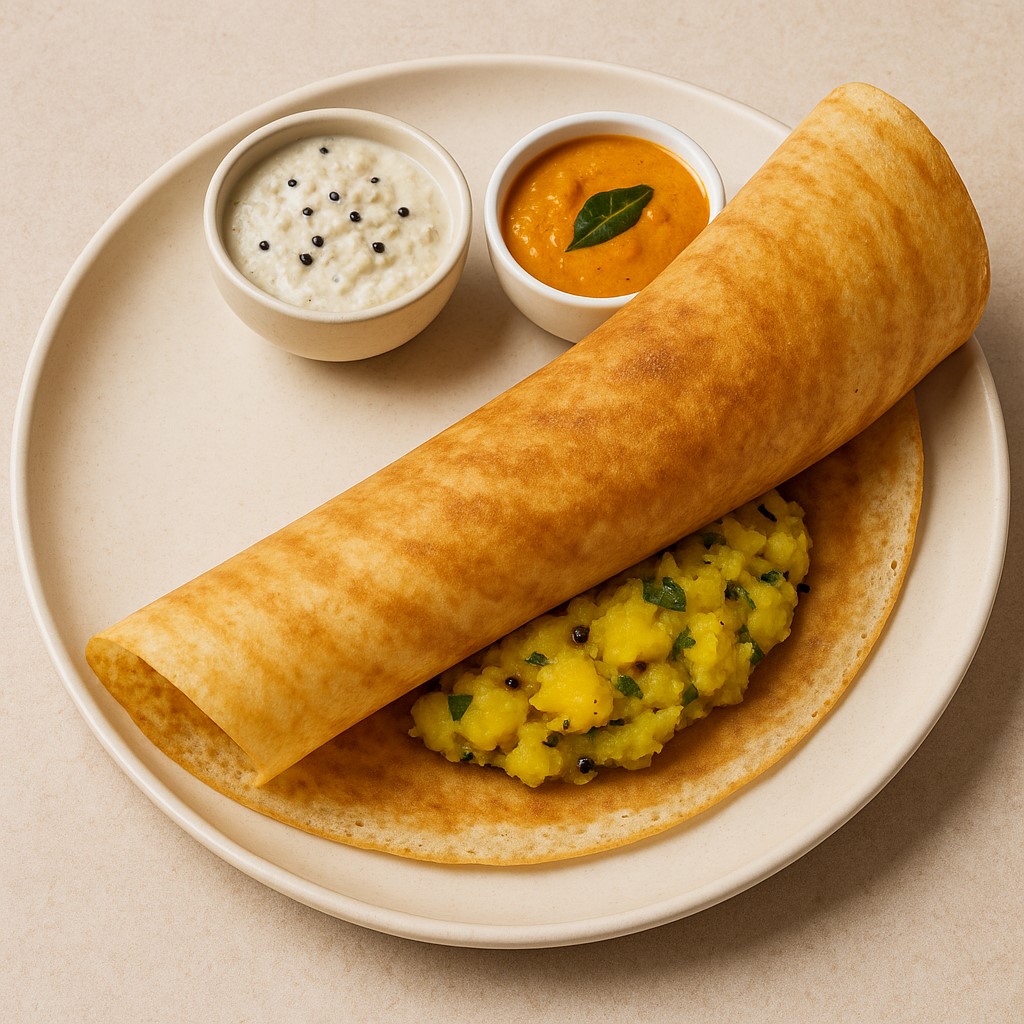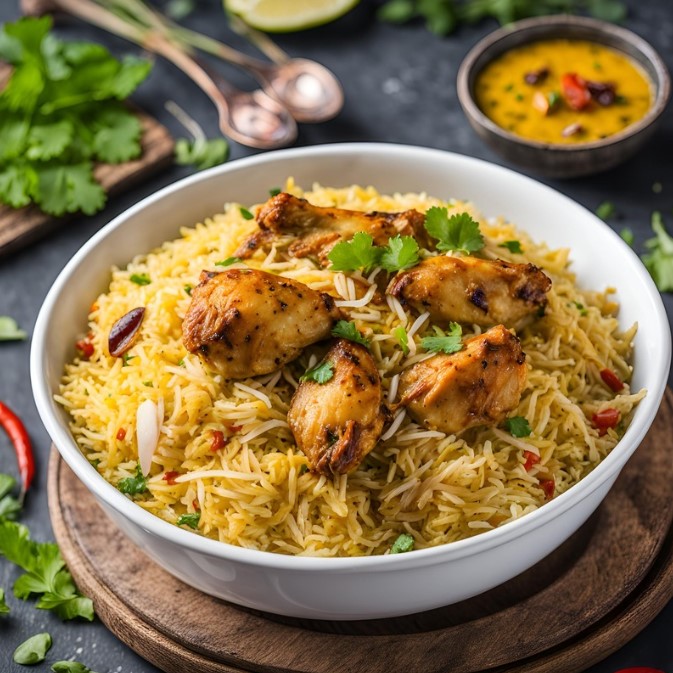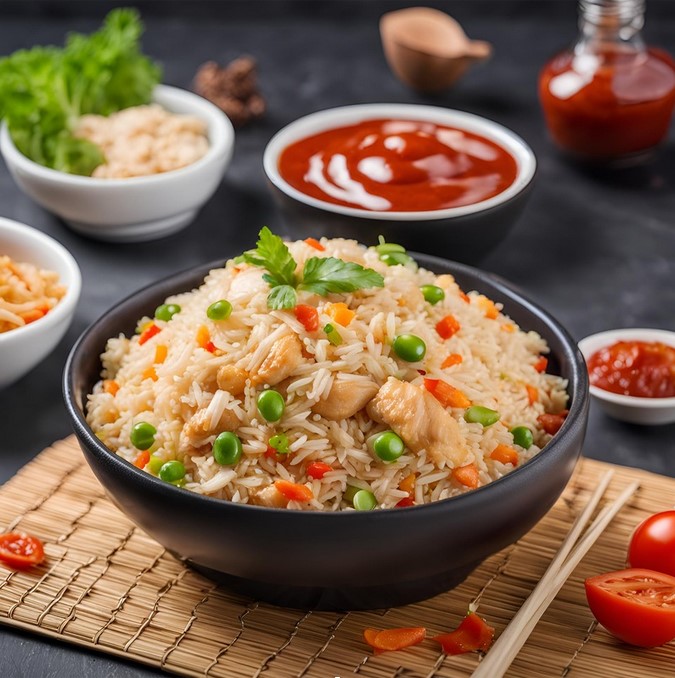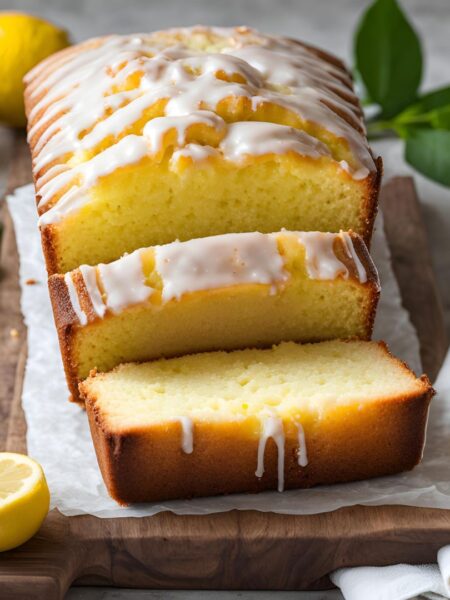Masala Dosa Recipe: The Quintessential South Indian Delight. When it comes to iconic Indian dishes, few can rival the humble yet magnificent Masala Dosa. A crispy, golden-brown crepe filled with a fragrant, spiced potato filling, Masala Dosa has long been a symbol of South Indian culinary artistry. It is a dish that is not only loved across India but has also won hearts worldwide, becoming a popular choice in Indian restaurants globally. But beyond its delicious taste, Masala Dosa carries with it a rich history, cultural heritage, and a fascinating culinary story that reflects the diversity and depth of Indian cuisine.
The Origins and History of Masala Dosa
Dosa itself has ancient origins, tracing back several centuries in South India. The word “dosa” appears in ancient Tamil literature dating as far back as 1,000 BCE. Traditionally, dosa was a simple fermented rice and lentil crepe, consumed as a staple breakfast or snack in Tamil Nadu, Karnataka, Andhra Pradesh, and Kerala.
The evolution of Masala Dosa — that is, dosa stuffed with a spicy potato filling — is believed to be a more recent culinary innovation, dating back to the 19th or early 20th century. While exact origins are debated, it is widely accepted that this version emerged as an inventive way to make the dosa more wholesome and satisfying by adding a warm, flavorful stuffing.
The potato filling, or “masala,” became the hallmark of this dish, elevating it from a simple crepe to a royal meal — hence the term “masala,” which means a mixture of spices. The dish gained immense popularity in Karnataka, especially in Bangalore and Mysore, before spreading across South India and eventually to the rest of the country.
Cultural Significance of Masala Dosa
Masala Dosa is much more than just a delicious food item — it is deeply embedded in South Indian culture and daily life. For many South Indians, dosa is a quintessential breakfast item that symbolizes comfort and tradition. It is often the dish that families serve during festivals, celebrations, or as a welcome meal for guests.
The process of making dosa, from soaking and fermenting the batter to preparing the potato filling and cooking the crepe, is a tradition passed down through generations. The fermentation of the batter is particularly significant, as it reflects the ancient Indian practice of using natural fermentation for flavor and nutrition enhancement.
In urban India and metropolitan cities worldwide, masala dosa restaurants and street food vendors are ubiquitous, and the dish has become a symbol of Indian vegetarian cuisine that appeals to a wide range of palates. It represents the fusion of simplicity and sophistication — a humble meal transformed into a culinary masterpiece through skill and technique.
The Unique Ingredients of Masala Dosa
Masala Dosa is celebrated for its unique combination of ingredients that come together to create a symphony of flavors and textures.
- The Batter:
The dosa batter is made primarily from rice and urad dal (black gram lentils), soaked, ground, and fermented overnight. This fermentation not only imparts a slight tangy flavor but also ensures the dosa cooks up light, crisp, and golden. The batter’s natural sourness balances perfectly with the spicy and mildly sweet potato filling.
- The Potato Masala Filling:
The stuffing is a fragrant mix of boiled potatoes, mustard seeds, curry leaves, green chilies, ginger, onions, turmeric, and coriander. This combination creates a filling that is both comforting and vibrant, with the spices adding warmth and complexity without overwhelming the palate.
- Accompaniments:
Masala Dosa is traditionally served with coconut chutney and sambar — a lentil-based vegetable stew with tamarind. These side dishes complement the dosa’s textures and flavors, adding coolness and tanginess to the crispy, spicy main dish.
Variations and Regional Twists
While the classic Masala Dosa is a beloved standard, the dish has inspired numerous variations across India and internationally.
- Set Dosa: A softer, thicker version, often served in sets of three, sometimes with potato masala or chutneys.
- Rava Dosa: Made with semolina (rava) instead of rice batter, this dosa is thinner and crispier, often cooked without fermentation.
- Paper Dosa: An extra-thin, ultra-crispy version that can be larger than a plate and folded in various ways.
- Cheese Masala Dosa: A popular modern twist where grated cheese is added to the filling for a fusion of Indian and Western flavors.
- Onion Masala Dosa: Includes sautéed onions in the potato filling or as a topping for extra sweetness and texture.
Different states in South India, such as Tamil Nadu, Karnataka, Andhra Pradesh, and Kerala, add subtle nuances to the recipe based on local tastes, available ingredients, and culinary traditions.
Why Masala Dosa is So Popular Worldwide
Masala Dosa’s popularity can be attributed to several key factors:
- Health Benefits: The dosa batter is naturally fermented, which aids digestion and provides beneficial probiotics. The use of lentils and rice ensures a good balance of protein and carbohydrates. The potato filling is nutritious and flavorful without being heavy.
- Vegetarian and Vegan Friendly: As a naturally vegetarian dish, it suits the dietary preferences of millions, including vegans if the batter is made without yogurt and the filling without butter or ghee.
- Gluten-Free: Made from rice and lentils, masala dosa is naturally gluten-free, making it accessible to those with gluten intolerance.
- Customizable and Versatile: The filling and accompaniments can be modified according to taste, spice tolerance, or dietary restrictions, making it a versatile dish suitable for many.
- Cultural Representation: For many Indians, especially those from South India, masala dosa is a dish that evokes nostalgia and pride in their culinary heritage.
The Experience of Eating Masala Dosa
Eating a well-made masala dosa is a sensory delight. The first bite introduces a crispy, golden exterior with a slightly sour tang from the fermented batter. Inside, the warm, spiced potato filling provides a savory contrast, bursting with aromatic flavors. When dipped in coconut chutney or sambar, every bite becomes a harmonious blend of textures and tastes.
The folding of the dosa — whether in a semi-circle or rolled like a wrap — holds the filling snugly, making it easy to eat by hand, which adds to the informal, comforting experience of enjoying this street food classic.
Masala Dosa in Popular Culture and Modern Times
Masala Dosa has transcended its regional roots to become a symbol of Indian cuisine worldwide. It is featured in food festivals, cooking shows, and even in international gourmet menus. Cities like Bangalore, Chennai, and Hyderabad are famous for their dosa stalls, attracting food lovers from across the globe.
In the diaspora, masala dosa often serves as a comforting connection to home for many Indian expatriates and a delicious introduction to Indian cuisine for non-Indians. With the rise of Indian restaurants internationally, masala dosa has become a popular choice for brunch, lunch, and dinner, showcasing the adaptability of traditional Indian food to modern dining.
Conclusion
Masala Dosa is much more than a dish — it is a cultural icon, a culinary marvel, and a comforting meal that tells the story of South India’s rich food heritage. Its crispy texture, aromatic filling, and accompanying chutneys create a balance of flavors that have made it beloved across generations and geographies. Whether enjoyed as a street food snack or a celebratory meal, masala dosa remains a shining example of how simple ingredients, combined with skill and tradition, can create something truly extraordinary.
Ingredients: Masala Dosa Recipe
For Dosa Batter:
- 1 cup parboiled rice (idli rice)
- 1/3 cup urad dal (split black gram)
- 2 tbsp chana dal (optional)
- 1/4 tsp fenugreek seeds (methi seeds)
- Salt to taste
- Water (for soaking and grinding)
Potato Masala Filling:
- 4 medium potatoes (boiled and mashed)
- 1 large onion (thinly sliced)
- 2 green chilies (finely chopped)
- 1 inch ginger (grated)
- 1/2 tsp mustard seeds
- 1/2 tsp turmeric powder
- 1/2 tsp chana dal
- 1/2 tsp urad dal
- A few curry leaves
- 2 tbsp oil
- Salt to taste
- Fresh coriander leaves (chopped)
For Cooking:
- Oil or ghee for frying dosa
Cooking Instructions: Masala Dosa Recipe
1: Prepare Dosa Batter
- Wash rice, urad dal, and chana dal separately.
- Soak rice, urad dal, chana dal, and fenugreek seeds together in water for 6–8 hours or overnight.
- Grind the soaked ingredients with water to a smooth, slightly thick batter.
- Transfer to a bowl, add salt, and let it ferment in a warm place for 8–12 hours or overnight until it doubles in size and becomes slightly frothy.
2: Make Potato Masala Filling
- Heat oil in a pan, add mustard seeds, let them splutter.
- Add chana dal, urad dal, curry leaves, and sauté until golden.
- Add sliced onions, green chilies, and ginger; sauté till onions turn translucent.
- Add turmeric powder and salt.
- Add mashed potatoes and mix well.
- Cook for 5 minutes, stirring occasionally.
- Garnish with chopped coriander leaves and remove from heat.
3: Make Masala Dosa
- Heat a non-stick or cast-iron griddle (tawa) and grease lightly with oil.
- Pour a ladleful of batter onto the center of the tawa and spread it in a circular motion to make a thin dosa.
- Drizzle some oil or ghee around the edges.
- Cook on medium heat until the edges start to lift and the bottom is golden and crisp.
- Place a spoonful of potato masala on one side of the dosa.
- Fold the dosa over the filling into a semi-circle or roll it.
- Serve hot with coconut chutney and sambar.
Total Time Breakdown:
- Soaking: 6–8 hours
- Batter grinding: 20 minutes
- Fermentation: 8–12 hours (overnight)
- Potato cooking and masala preparation: 20 minutes
- Dosa cooking: 30 minutes
Total active cooking time: ~1 hour (excluding soaking and fermentation)
Number of Servings:
Makes 6–8 dosas, serving about 3–4 people.
Essential cooking tips – Masala Dosa Recipe
1. Proper Soaking and Fermentation of Batter
One of the most crucial steps to making great masala dosa is soaking and fermenting the batter properly. Soak the rice and urad dal separately or together for at least 6-8 hours, ideally overnight. This soaking softens the grains and helps in grinding them into a smooth batter. After grinding, the batter must be left to ferment in a warm place for 8-12 hours. Fermentation is what gives dosa its characteristic tangy flavor and light texture. It also creates natural bubbles in the batter, which help the dosa become crisp and airy when cooked. If your kitchen is cold, fermentation can take longer, so you may need to keep the batter in a slightly warm spot, such as inside an oven with the light on or wrapped in a warm cloth.
2. Achieving the Perfect Batter Consistency
The batter’s consistency is key to making dosas that are crispy but not too brittle or thick. After grinding and fermenting, the batter should be pourable but not watery — about the consistency of pancake batter. If it’s too thick, the dosa will turn out thick and doughy; if too thin, it will tear easily and lack crispness. You can adjust the consistency by adding small amounts of water just before making the dosas. Stir the batter gently each time to mix the water evenly but avoid over-stirring, which can deflate the batter’s natural fermentation bubbles.
3. Preheating and Properly Greasing the Pan
Cooking dosa requires the right temperature and a well-preheated pan or griddle (tawa). If the pan is not hot enough, the dosa batter will stick and become soggy rather than crisp. Heat your pan on medium-high and test by sprinkling a few drops of water — they should sizzle and evaporate immediately. Lightly grease the pan with oil or ghee, using a cut piece of onion or a paper towel to spread it evenly. Too much oil can make the dosa greasy, while too little can cause sticking. The right balance helps form the dosa’s characteristic golden, crispy texture.
4. Spreading the Batter Thinly and Evenly
Spreading the dosa batter evenly and thinly on the pan is an art that takes some practice but makes a huge difference in the final texture. Pour a ladleful of batter onto the hot pan and quickly spread it out in a circular motion using the bottom of the ladle or a flat spatula. A thin, even layer ensures the dosa cooks uniformly and becomes crisp. If the layer is too thick, the dosa will be soft and doughy inside. A thin spread also allows the edges to crisp up nicely, creating that delightful contrast between the crispy outer ring and the soft center.
5. Cooking on Medium Heat and Knowing When to Flip
Cooking masala dosa requires controlling the heat carefully. Medium heat is usually ideal — too high, and the dosa will burn before it cooks through; too low, and it will remain pale and soggy. Once the batter is spread, allow it to cook undisturbed until the edges start to lift and the surface turns golden brown. At this point, drizzle some oil or ghee around the edges to enhance crispness. Many traditional cooks don’t flip the dosa at all; they fold it once cooked on one side, since the top cooks with residual heat and steam. If you prefer flipping, do it gently to avoid tearing. Mastering the right timing will ensure your dosa is crispy, flavorful, and cooked to perfection.
Important FAQs- Masala Dosa Recipe
What is Masala Dosa?
Masala Dosa is a popular South Indian dish consisting of a thin, crispy fermented rice and lentil crepe filled with a spiced potato mixture. It’s typically served hot with coconut chutney and sambar. The dosa batter is naturally fermented, which gives it a tangy flavor and a light, crisp texture. The potato filling, or “masala,” is cooked with mustard seeds, curry leaves, turmeric, onions, and green chilies, making it flavorful yet comforting.
How do I make the perfect dosa batter for this Masala Dosa Recipe?
The key to perfect dosa batter is soaking the right proportions of rice and urad dal for several hours, then grinding them into a smooth paste with some water. The batter should be left to ferment in a warm place overnight, allowing natural fermentation to develop a slight tang and airy texture. Proper fermentation not only improves flavor but also helps the dosa become crispy when cooked.
Can I prepare Masala Dosa batter without fermentation in this recipe?
While it is possible to make dosas without fermentation by using instant mixes or adding yogurt, the taste and texture won’t be quite the same. Fermentation adds a unique tanginess and creates bubbles that give the dosa its characteristic crispiness and lightness. For authentic masala dosa, fermentation is recommended, but quick alternatives exist if you’re short on time.
What type of rice and lentils are best for this recipe of Masala Dosa batter?
Traditionally, parboiled rice (also called idli rice) combined with split urad dal (black gram) is used for dosa batter. Some recipes also include a small amount of chana dal or fenugreek seeds to enhance fermentation and flavor. Using the right type of rice and lentils ensures the batter ferments properly and results in dosas with the ideal texture and taste.
How do I ensure my masala dosa turns out crispy with this recipe?
Crispiness depends on a few factors: the batter consistency, the temperature of the pan, and how thinly you spread the batter. The batter should be pourable but not watery, and the pan must be well-heated before pouring. Spreading the batter thinly and evenly allows it to cook quickly and develop a golden, crunchy texture. Also, using a little oil or ghee around the edges helps achieve that perfect crisp.
Can I use store-bought batter or instant mixes for this recipe of masala dosa?
Yes, many stores sell ready-made dosa batter or instant mixes that can simplify the process. However, freshly prepared batter usually tastes better due to natural fermentation and freshness. Instant mixes may contain preservatives and additives, which can slightly alter the flavor and texture. If using store-bought batter, make sure it’s fresh and well-fermented for best results.
Is this recipe of masala dosa healthy?
Masala dosa is a relatively healthy dish when prepared traditionally. The batter is fermented, which aids digestion and provides beneficial probiotics. It’s also gluten-free and rich in carbohydrates and proteins from rice and lentils. The potato filling adds some vitamins and fiber. However, the dosa is cooked with oil or ghee, so moderating the amount used can help keep it light.
What are the common accompaniments served with masala dosa made with this recipe?
Masala dosa is usually accompanied by coconut chutney, a creamy and mildly spiced dip made from grated coconut, green chilies, and mustard seeds. It’s also served with sambar, a tangy lentil-based vegetable stew flavored with tamarind and spices. These sides perfectly complement the dosa’s crispy texture and mildly spiced filling, balancing flavors and adding moisture.
Can masala dosa be made vegan using this recipe?
Yes, masala dosa is naturally vegan as the batter consists of rice and lentils, and the potato filling typically uses oil rather than butter or ghee. However, some recipes add ghee or butter for richer flavor, which can be replaced with vegetable oil or coconut oil to keep it vegan. Just ensure that any accompaniments like chutneys and sambar don’t contain dairy.
How do I store leftover masala dosa and batter with this recipe ?
Leftover dosas are best stored in an airtight container in the refrigerator and consumed within 1-2 days. To reheat, warm them on a hot griddle or microwave briefly to restore some crispness. Batter should be refrigerated if not used immediately but loses fermentation quality over time, so it’s best used within 2-3 days. Before making dosas, stir the batter gently and adjust consistency with water if needed.
Masala Dosa Recipe
A crispy, golden-brown crepe filled with a fragrant, spiced potato filling, Masala Dosa has long been a symbol of South Indian culinary artistry. It is a dish that is not only loved across India but has also won hearts worldwide, becoming a popular choice in Indian restaurants globally.

Ingredients: Masala Dosa Recipe
For Dosa Batter:
For Potato Masala Filling:
For Cooking:
Cooking Instructions: Masala Dosa Recipe
Step 1: Prepare Dosa Batter
- • Wash rice, urad dal, and chana dal separately.
- • Soak rice, urad dal, chana dal, and fenugreek seeds together in water for 6–8 hours or overnight.
- • Grind the soaked ingredients with water to a smooth, slightly thick batter.
- • Transfer to a bowl, add salt, and let it ferment in a warm place for 8–12 hours or overnight until it doubles in size and becomes slightly frothy.
Step 2: Make Potato Masala Filling
- • Heat oil in a pan, add mustard seeds, let them splutter.
- • Add chana dal, urad dal, curry leaves, and sauté until golden.
- • Add sliced onions, green chilies, and ginger; sauté till onions turn translucent.
- • Add turmeric powder and salt.
- • Add mashed potatoes and mix well.
- • Cook for 5 minutes, stirring occasionally.
- • Garnish with chopped coriander leaves and remove from heat.
Step 3: Make Masala Dosa
- • Heat a non-stick or cast-iron griddle (tawa) and grease lightly with oil.
- • Pour a ladleful of batter onto the center of the tawa and spread it in a circular motion to make a thin dosa.
- • Drizzle some oil or ghee around the edges.
- • Cook on medium heat until the edges start to lift and the bottom is golden and crisp.
- • Place a spoonful of potato masala on one side of the dosa.
- • Fold the dosa over the filling into a semi-circle or roll it.
- • Serve hot with coconut chutney and sambar.





